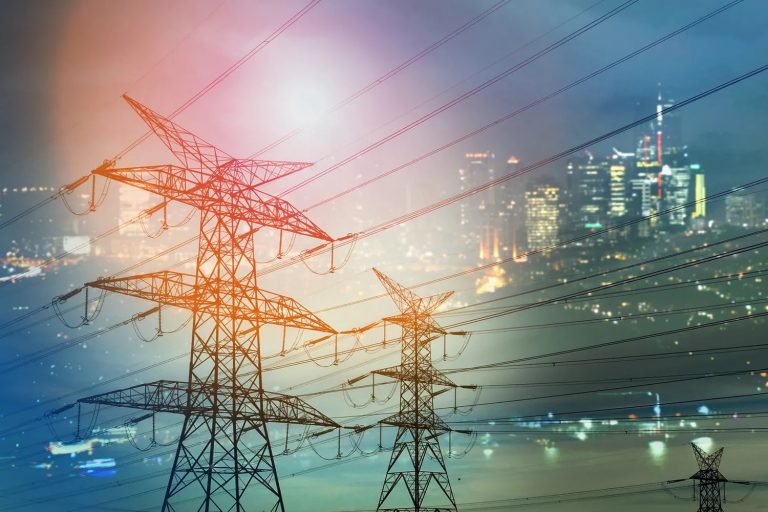
Africa must urgently scale up its grid-connected power generation by at least 16 gigawatts (GW) every year until 2050 to meet even its most basic energy needs, according to the State of Africa’s Infrastructure Report 2025 released by the Africa Finance Corporation (AFC).
The report paints a stark picture of the continent’s energy gap, warning that without aggressive and sustained investment in both generation and transmission, Africa’s industrial ambitions will remain elusive.
“To meet such transmission needs, Africa will require at least $3.2–4.3 billion annually through 2040,” the report said, adding that generation must increase by 16GW every year through 2050 just to lift the continent’s average capacity to 0.300 megawatts per thousand people—on par with levels currently seen in India and Indonesia.
Register for Tekedia Mini-MBA edition 19 (Feb 9 – May 2, 2026): big discounts for early bird.
Tekedia AI in Business Masterclass opens registrations.
Join Tekedia Capital Syndicate and co-invest in great global startups.
Register for Tekedia AI Lab: From Technical Design to Deployment (next edition begins Jan 24 2026).
This target is significantly beyond Africa’s current pace. Most African countries still rely on underfunded, outdated infrastructure that frequently collapses under pressure. While the AFC acknowledges the severity of the crisis, it also framed the moment as a vast investment opportunity across solar PV, gas-to-power, hydropower, battery storage, and grid modernization. With bold reforms and targeted capital inflows, the Corporation believes Africa can build the most dynamic and future-ready energy system in the world.
A Grim Benchmark: Nigeria As An Example
Africa’s energy struggle is perhaps best embodied by Nigeria, the continent’s most populous nation and its largest economy. The country currently generates around 5,000 megawatts (MW) of electricity on average, according to government data—an abysmally low figure for a nation of over 200 million people. Energy experts and government agencies have consistently said Nigeria needs at least 30,000MW to deliver a stable electricity supply nationwide. That target is six times more than current output, yet successive administrations have failed to close the gap meaningfully.
The AFC report places Nigeria at the heart of the continental push to increase generation and transmission capacity. Without decisive action by Nigeria, the rest of Africa could fall behind as well. The absence of a clear-cut strategy to meet the 16GW-per-year benchmark raises serious concerns about the continent’s long-term industrialization prospects.
In November 2024, the Nigerian government acknowledged that it would require at least $10 billion in private investment over the next 5–10 years to stabilize the power supply and transition towards reliable electricity for homes and industries. Yet despite multiple roadmaps and initiatives, there is still no cohesive national plan detailing how this will be achieved.
Private Capital, Reforms Key to Reversing Trend
The AFC emphasized that lessons from countries like Brazil, which opened its transmission sector to private investment in the 1990s, could guide Africa’s way forward. Brazil’s transmission infrastructure grew from 105,000 kilometers in 2012 to 184,000 kilometers by 2023. Just in 2024, the country’s first transmission tender attracted $3.65 billion—matching Africa’s entire annual requirement for grid investment.
“Brazil’s experience demonstrates that creating a viable investment pipeline—anchored in regulatory reform, unbundled utilities, and long-term planning—is essential to crowd in private capital at scale,” the AFC stated.
Nigeria, which has begun unbundling its power sector through the privatization of generation and distribution companies, has yet to fully unlock private sector potential in transmission—a key bottleneck in the country’s electricity chain. Power frequently fails not because there is no generation, but because there is no capacity to wheel it to end users.
The Nigerian government has pointed to progress under the Mission 300 initiative, a joint program by the World Bank and African Development Bank (AfDB) aimed at connecting 300 million Africans to electricity by 2030. In April 2025, Power Minister Adebayo Adelabu claimed that around 150 million Nigerians now have some form of electricity access, though 80 million still lack reliable supply.
However, experts have noted that expanding access without increasing generation and improving grid stability only spreads out scarcity. Most Nigerians still rely on expensive diesel or solar alternatives to meet basic energy needs. For industries, the reliance on private generation inflates production costs, stifles competitiveness, and limits job creation.
A Far Cry From Industrialization
The gap between Africa’s current energy landscape and its projected needs underscores a deeper challenge: industrialization. Without stable electricity, Africa’s ambitions to become a global manufacturing hub or a digitally-driven economy remain theoretical.
The failure to bridge the 16GW-per-year gap is expected to keep countries like Nigeria locked in energy poverty—where lights flicker in homes, businesses rely on noisy generators, and entire sectors remain underpowered.
Energy experts believe that unless Nigeria and other key African economies act quickly to attract capital, reform regulations, and build resilient infrastructure, the continent’s energy story will remain one of lost potential and deferred development.



